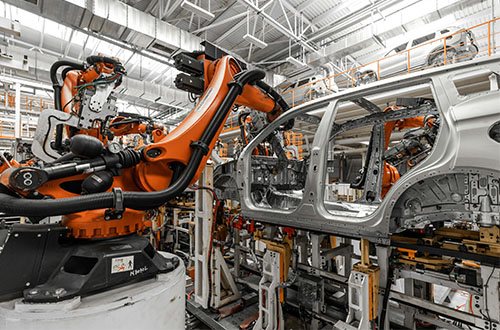

Strategic Database & Managed Services for Sybase and SAP

The mLogica Migration Team

The Growing Challenge for Leadership
Enterprises that continue to rely on SAP’s Sybase platforms, including ASE, IQ, ASA, and Replication Server, are confronting a set of converging pressures. Vendor support is gradually fading, driving up both cost and risk. Operational expenses to maintain legacy systems are climbing, particularly as skilled Sybase professionals become harder to find. At the same time, performance bottlenecks limit scalability, leaving IT teams struggling to meet business demand. Add to this increasingly strict regulatory and security requirements, and the result is clear: yesterday’s infrastructure is not built for tomorrow’s realities.
For IT leaders, these challenges create more than just technical headaches. They pose strategic risks to uptime, compliance, and competitive agility. The question is how to manage it in a way that controls risk, reduces cost, and positions the enterprise for the future.
mLogica’s Strategic Advantage
For decades, mLogica has specialized in Sybase and SAP environments, providing both database services and managed solutions that align with leadership priorities. Their focus is not simply technical execution but enabling business outcomes that matter to executives.
Risk mitigation is central to this model. With continuous 24×7 monitoring, high availability architectures, and robust disaster recovery strategies, mLogica reduces the likelihood of costly outages. This allows organizations to protect mission-critical operations and avoid financial or reputational harm.
Operational efficiency is another core pillar. By assuming responsibility for routine database management and tuning, mLogica reduces operating costs and frees internal IT staff to focus on innovation and digital transformation.
Finally, future-readiness is embedded in every engagement. Using proprietary automation platforms like STAR*M and TRAK*M, mLogica accelerates migrations to modern environments, whether that is Oracle, Postgres, SAP HANA, or cloud platforms such as AWS and Azure. This approach lowers cost, reduces risk, and ensures organizations are not just maintaining systems but actively modernizing them;

The result is a dual advantage that resonates strongly with senior leadership: stability in the present and modernization for the future.
Demonstrated Business Impact
mLogica’s impact is best illustrated through the real outcomes they have delivered for clients across industries.
Across all of these cases, the common thread is that mLogica transformed high-risk legacy environments into resilient, efficient, and future-ready platforms.
Managed Services That Inspire Confidence
Predictability is often the factor that executives value most, and mLogica’s managed services are designed with that in mind. Their offering includes continuous monitoring and proactive resolution, ensuring problems are addressed before they escalate into business disruption.

Flexible SLAs allow organizations to align service levels with their specific risk tolerance, while regular performance tuning and capacity planning keep systems optimized over time. A strong emphasis on security, from encryption to auditing and patch management, ensures that compliance obligations are consistently met.
For leadership, this means two things:
- Confidence that costs remain under control
- Assurance that systems are secure, compliant, and resilient
Why Leaders Choose mLogica
The decision to entrust critical infrastructure to a partner requires more than technical competency. Executives choose mLogica because of the company’s deep specialization in Sybase and SAP, honed over decades. Proprietary automation tools such as STAR*M and TRAK*M deliver speed and cost savings in both migration and ongoing management.
Equally important, mLogica has a proven track record across industries, from banking to logistics to government. Each engagement demonstrates not only technical excellence but a strong alignment with business outcomes: resilience, predictability, and readiness for the future.
This combination of expertise, automation, and business alignment is why
senior leadership consistently turns to mLogica as a strategic partner rather
than just a service provider
Charting the Path Forward
Legacy Sybase systems cannot remain untouched without exposing the enterprise to escalating risk. The potential cost of downtime, compliance failures, or uncontrolled maintenance far exceeds the investment required for proactive management and modernization.
With mLogica, leaders gain a partner who stabilizes current operations while paving the way for transformation. This enables enterprises to be more secure, cost-efficient, and strategically positioned for growth.
For IT executives, the choice is not simply about maintaining legacy systems. It is about leading the organization confidently into the future.











































